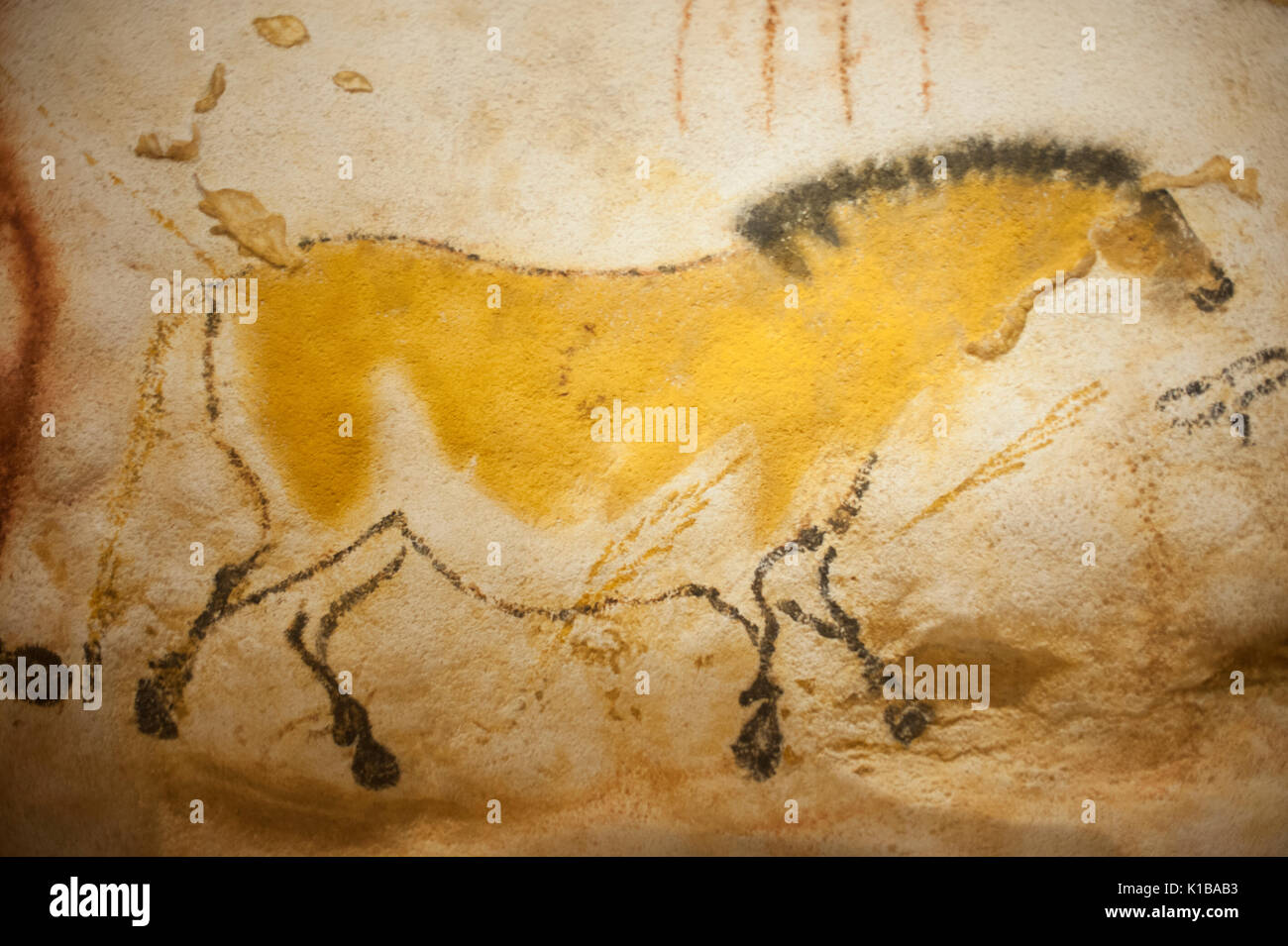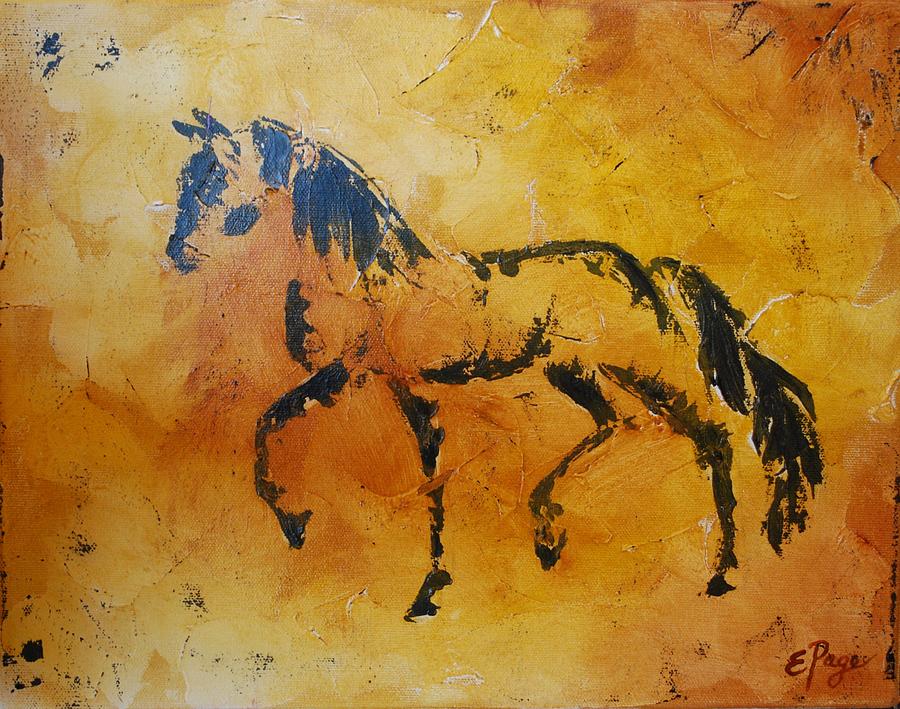Web horse depicted in lascaux cave in the dordogne, southwestern france, dated to the upper paleolithic period. Beginning around 40,000 b.c., the archaeological record shows that anatomically modern humans effectively replaced neanderthals and remained the sole hominid inhabitants across continental europe. Note the pectiform above the horse's head. Drawing of horse of riumin on the eastern panel in the hall of drawings of shulgan tash kapova cave, ural mountains russia. Prehistoric cave art of horse, france.
Web detail of prehistoric cave art showing the head of a horse, from lascaux, france. Two types of cave art predominate in paleolithic culture: The ancient art archive and board member dr. Web as such, all the horse colors seen in these drawings have now been found to exist in prehistoric horse populations. The findings suggest that cave paintings of horses may be more realistic and.
And nearly all of the horses are rendered in brown or black, similar to the bay or. Depicted with precision and gusto, this majestic creature is hard to miss. They were found almost 1,000 feet into the cave, along ledges about 13 feet above the cave floor. Web the drawings show horses, goats, deer and bison, including one that looks to be impaled by spears. The cave art at pech merle consists of some 570 separate images.
Usually larger than all the others, this. The cave art at pech merle consists of some 570 separate images. The findings suggest that cave paintings of horses may be more realistic and. The horse on the right of the panel suggests that the natural rock. Web above, stephen alvarez works on building a 3d model of cave art in an unnamed cave in the american southeast. Web the lascaux cave paintings, as they would soon be known, proved to be one of the most extensive and complete examples of palaeolithic art in europe, if not the world. Web in some of the earliest cave drawings ever found, the mighty horse reigns supreme over all other animals. Drawing of horse of riumin on the eastern panel in the hall of drawings of shulgan tash kapova cave, ural mountains russia. Prehistoric cave art of horse, france. Web a virtual revolution occurred in the creation of art during the period of the upper paleolithic in europe. O’connor said he became transfixed by a series of line drawings of mammoths. These large iconic paintings, adorned with hand stencils, seem to be imbued with symbolic significance; Unusually, and unlike chauvet, lascaux and altamira, there. The ancient art archive and board member dr. Web last summer, exploring a cave in the dordogne region, dr.
The Findings Suggest That Cave Paintings Of Horses May Be More Realistic And.
Beginning around 40,000 b.c., the archaeological record shows that anatomically modern humans effectively replaced neanderthals and remained the sole hominid inhabitants across continental europe. Now dated to c.15000 bc they comprise a dazzling assortment of images, including some 6,000 representations of animals. Web last summer, exploring a cave in the dordogne region, dr. Two types of cave art predominate in paleolithic culture:
They Were Found Almost 1,000 Feet Into The Cave, Along Ledges About 13 Feet Above The Cave Floor.
Depicted with precision and gusto, this majestic creature is hard to miss. It is a busy panel. Web the chinese horse, lascaux cave. Web horse depicted in lascaux cave in the dordogne, southwestern france, dated to the upper paleolithic period.
“They Were Absolutely Superb, Some Using Contours Of The.
Nearly a third of the animals in painted caves are horses; Web the lascaux cave paintings, as they would soon be known, proved to be one of the most extensive and complete examples of palaeolithic art in europe, if not the world. Web left, a horse from the lascaux cave in france. Prehistoric cave art of horse, france.
Cave Paintings In Northern Spain Including A Boar, Wild Horse And Two Charging Bison
Web detail of prehistoric cave art showing the head of a horse, from lascaux, france. Discovered in 1940, the horses in these artifacts resemble sung chinese horses, hence the name. Web the lascaux cave is famous for its palaeolithic cave paintings, found in a complex of caves in southwestern france, because of the exceptional quality, size, sophistication and antiquity of the cave art. In fact, for every four animals drawn upon the cave wall in stone age france and spain, at least one is bound to be a horse.









